How to Learn Git
In this issue, we are going to talk about Git, specifically about:
How Git works
What are some basic Git commands?
How to Learn Git
Which Git tools exist
And as a Bonus, a free Git Cheat Sheet
So, let’s start…
How Git works
Git is a distributed version control tool that facilitates monitoring changes to your code over time. Git makes it simple to track changes to your codebase and collaborate on projects with others. It was authored by Linus Torvalds in 2005 for the development of the Linux kernel, with other kernel developers contributing to its initial development.
It enables us to track changes in our code and collaborate with others by working independently on a different part of a codebase. When we say distributed, we may think we have code on two locations, remote server and locally, but the story is more complex.
You can download it and install it from this location.
Git has three storages locally: a Working directory, Staging Area, and a Local repository.
Working Directory
This is where you work and your files live ("untracked"). All file changes here will be marked; if not saved to GIT, you will lose them. The reason is that GIT is not aware of those files.
Staging Area
When you save your changes with git add, GIT will start tracking and saving your changes with files. These changes are stored in the .git directory. Then, files are moved from Working Directory to Staging Area. Still, if you change these files, GIT will not know about them; you need to tell GIT to notice those changes.
Local Repository
It is the area where everything is saved (commits) in the .git directory. So, when you want to move your files from Staging Area to Local Repository, you can use the git commit command. After this, your Staging area will be empty. If you want to see what is in the Local repository, try git log.
Basic Git commands
Some basic Git commands that every software developer needs to know are:
git init → Create a new git repo in the directory
git branch → Create a new local branch
git checkout → Switch branches
git add → Add a new file to your staging area
git commit → Adds staged changes to your local repository
git pull → Pull code from your remote repo to your local directory
git push → Push local repository changes to your remote repo
git status → Show which files are being tracked (and untracked)
git diff → See the actual difference in code between your Working Directory and your Staging Area
How to Learn GIT
Even though I find developers know simple flows with GIT, such as branching, committing, pushing, and fetching, what I find usually is not the ideal understanding of (advanced) GIT concepts and how to tackle different situations that could happen in your daily workflow as a developer.
Here are some learning resources I can recommend:
Learn GIT concepts, not commands article.
An interactive git tutorial meant to teach you how it works, not just which commands to execute.
Git from the inside-out article
This article focuses on the graph structure that underpins Git and the way the properties of this graph dictate Git’s behavior. Read this if you want to understand what is happening inside GIT.
This is a lovely article explaining to tackle different tricky situations with GIT.
Pro Git book, written by Scott Chacon and Ben Straub (FREE)
This book covers version control basics, Git basics, branching, and many more topics. Pro Git provides a thorough understanding of all the essential aspects of Git, even for advanced readers.
Represent a visual and interactive way to learn GIT. Here you can be challenged with different levels and given step-by-step demonstrations of GIT features.
This website will visualize all of your GIT commands. It is very nice if you want to see graphically what is happening. Also, take a look at this one.
This website allows you to find the proper GIT commands without digging through the web.
Git Purr - Git Explained with Cats
Teach Git in engaging (or cat-resting) ways.
It is a guided tour that walks you through the fundamentals of Git by teaching the concepts in Labs. The website provides around 50+ labs.

Git cherry-pick (from the “Learn GIT concepts, not commands” article) Advanced Git book
Git tools
In addition to Git concepts, there are different valuable tools you can use if you don’t like to work from the command line, like:
SourceTree by Atlassian (creators of Jira, Confluence, and BitBucket)
TortoiseGit, which integrates into Windows Explorer
Git Extensions, a standalone UI tool for managing Git repositories
Beyond Compare, compare files and folders.
But all significant new code editors, such as IntelliJ Idea, Visual Studio Code, and others, have integrated Git support and GitHub for Desktop if you’re working with GitHub.
BONUS: Git Cheat Sheet
Here is a downloadable Git Cheatsheet you can download and use in everyday work with Git.


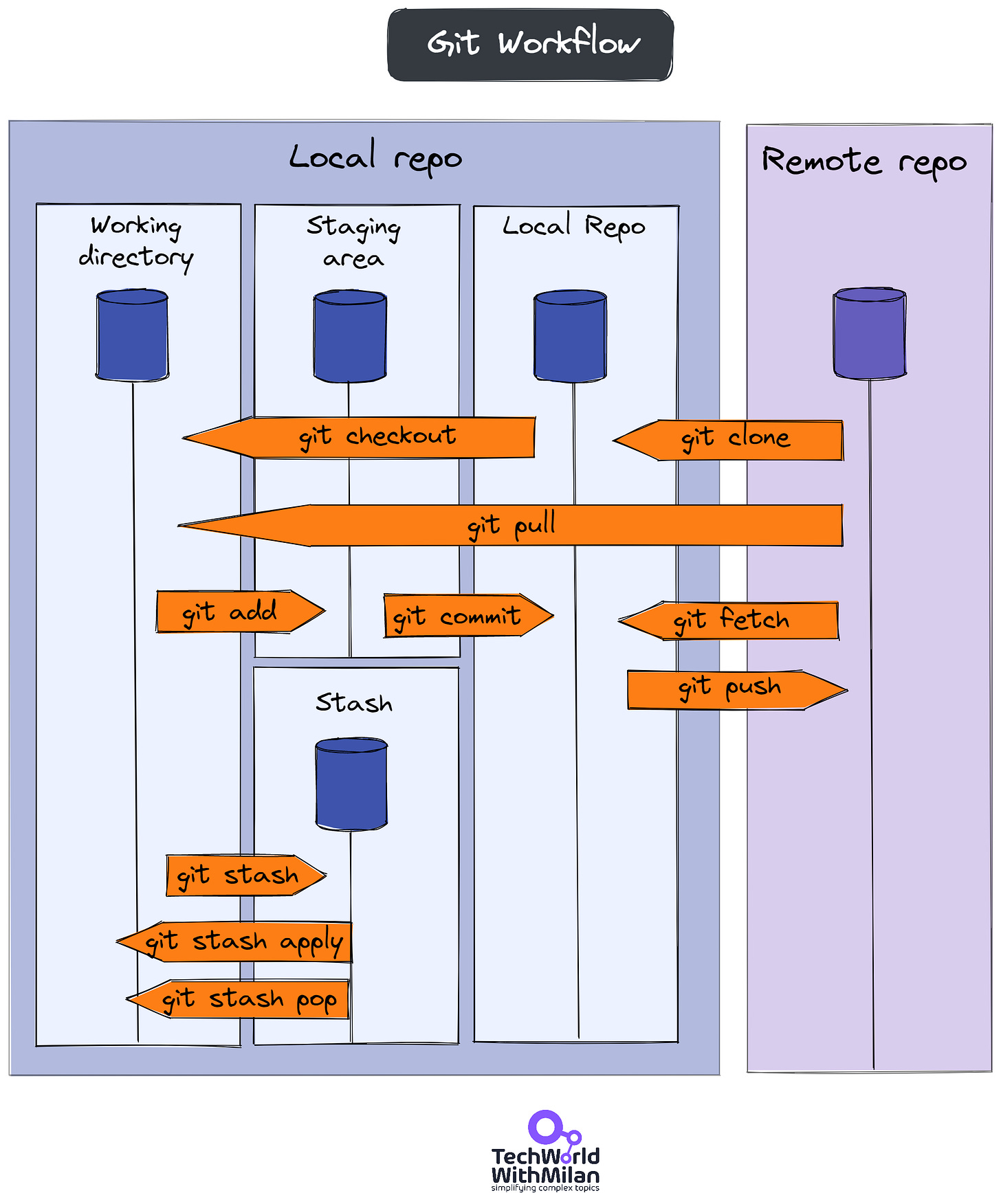

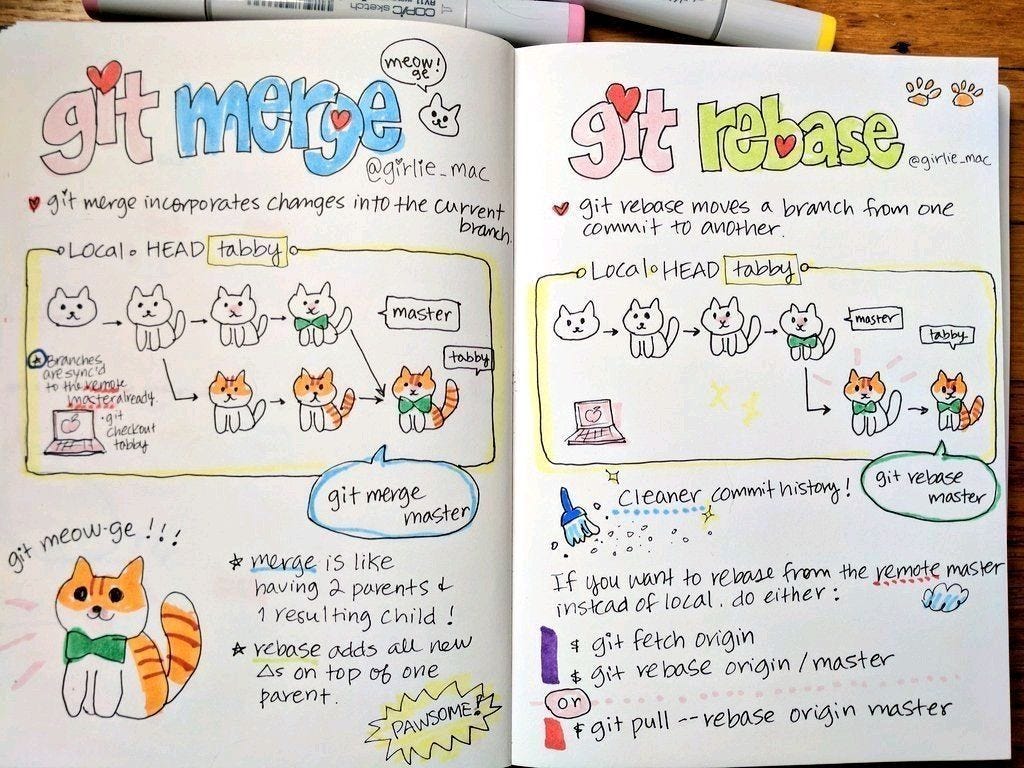
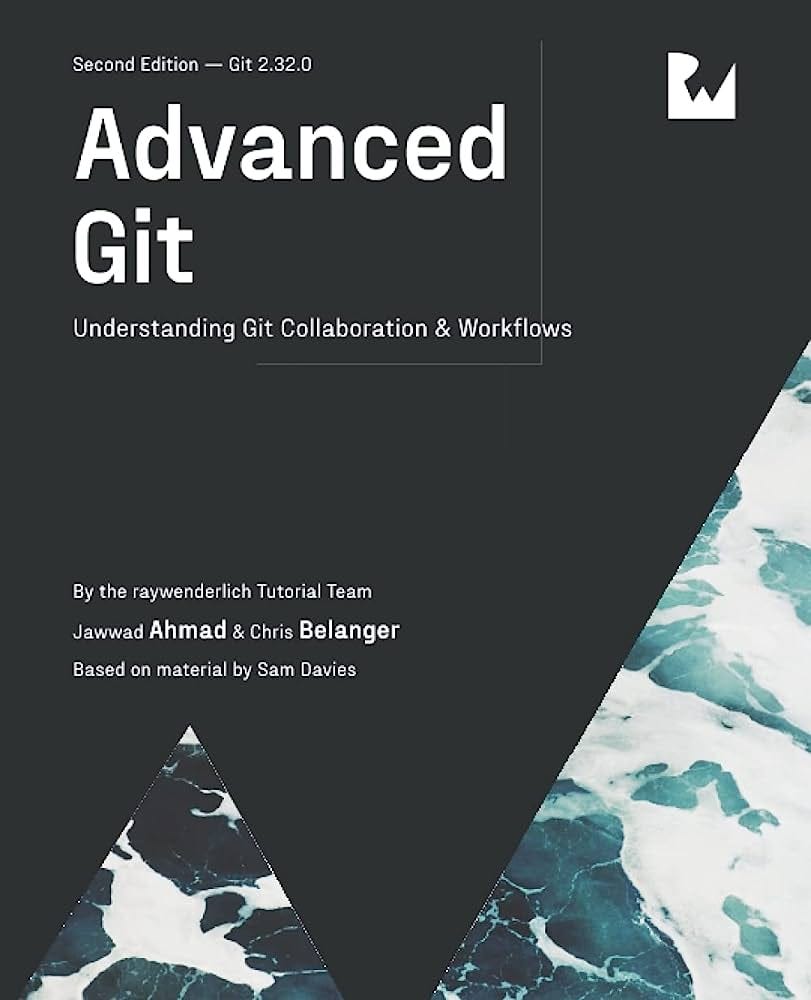
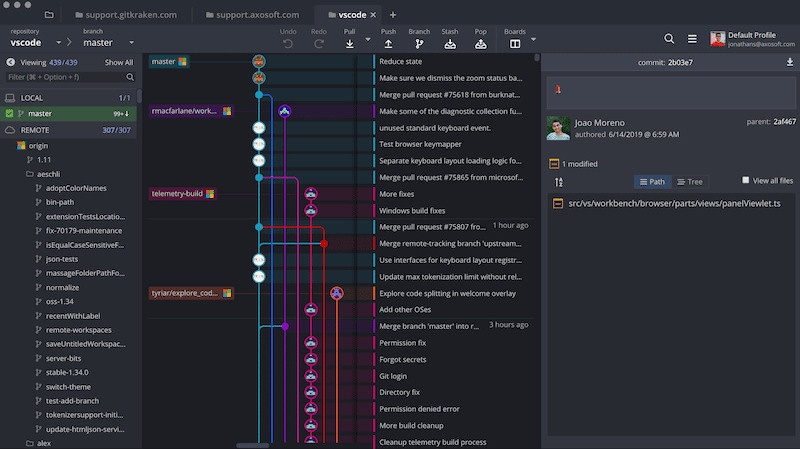
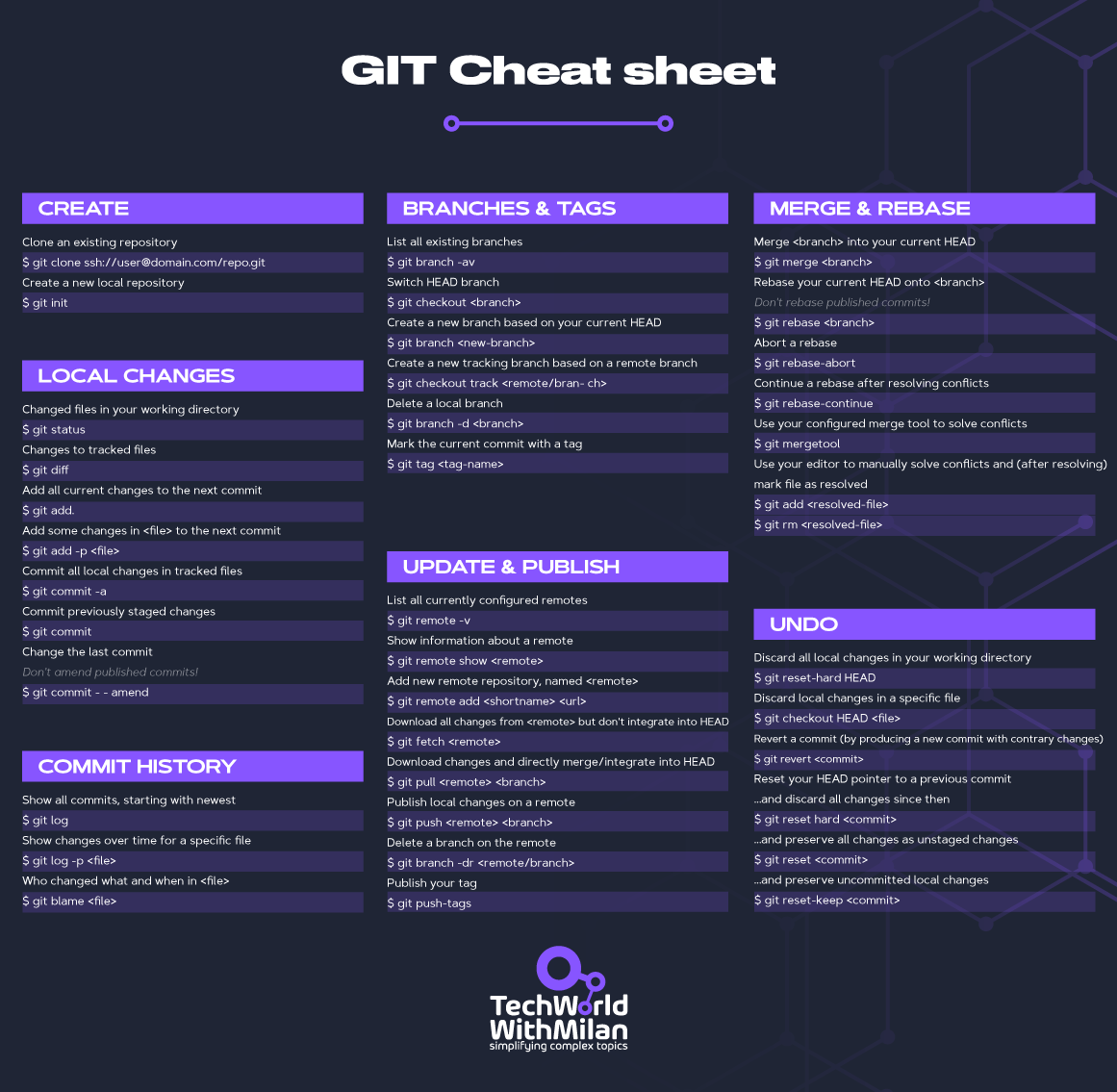
As usual excellent post! Thanks for sharing.
FYI, someone on Reddit just violated your copyright, by posting your Git Workflow image without attribution, and after cropping out the TechWorldWithMilan logo.
https://www.reddit.com/r/git/comments/1nkwiww/how_to_learn_git/